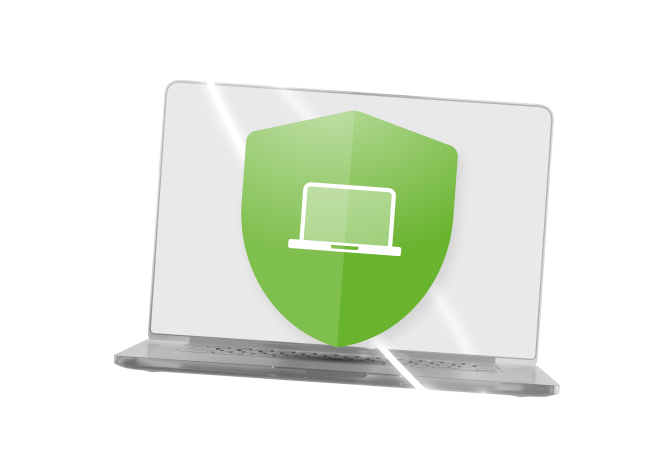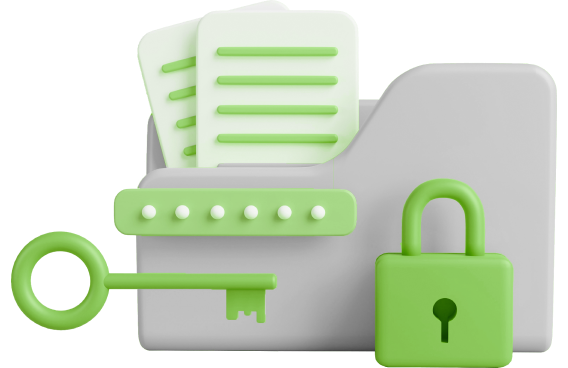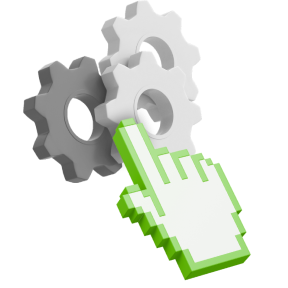Dr.Web Security Space
Comprehensive protection for your computer from all types of Internet threats

Dr.Web Security Space
-
Foils attempts to steal your personal data, filters spam, and warns you against visiting phishing sites
-
Prevents attackers from exploiting software vulnerabilities
-
Keeps your online transactions secure and your correspondence in instant messengers and elsewhere confidential
-
Flexible settings help keep your children's digital world safe
-
Prevents intruders from accessing your camera and microphone
-
Protects devices from brand-new threats
-
Prevents unauthorised removable devices from connecting to your computer, keeps your confidential data safe from theft, and prevents viruses from finding their way into your system

Select the term of your license and the number of computers
License period
Number of computers

Download a Dr.Web Security Space demo
-
Free for 1 month
-
No technical support
-
Protection for 1 computer



Buy a test drive for Dr.Web Security Space
-
2 months for $6
-
Technical support services
-
Protection for 1 PC

Renew/Expand your license
Renew a valid license at a discount or change the number of protected devices

Protection components
